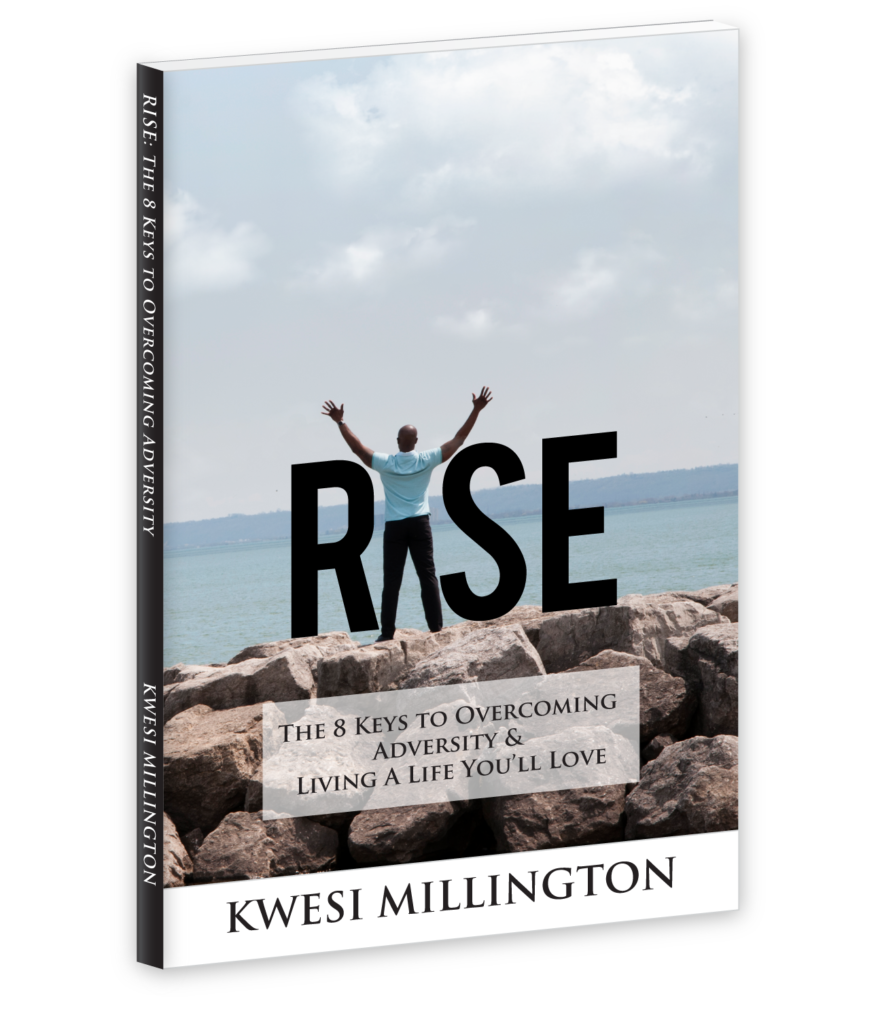I’m all about takeaways. When you read a book, a good first question to ask yourself is, “What do I want to learn from this book?”
Knowing why you want to read a book will open your mind as you read it, leading you to pick up and remember important points and apply them to your life.

That being said, there is no way that I can give you all of the important takeaways from the book Learned Optimism by Martin Seligman. As a resilience speaker, recommending books that teach people how to be resilient is important to me. What you find most important about the book may be different than what I find most useful. However, here is the main message of the book:
We are all born with either optimistic or pessimistic thinking tendencies. However, optimism can be learned, and when it is learned, it can change your life for the better in a dramatic way.
Seligman uses the first 5 letters of the alphabet – A, B, C, D, E – to give a straight forward process for changing your thinking, and thus your level of optimism and life.
A – Adversity
Everyone goes through challenging times. As Tony Robbins says, going into your garden and saying “There’s no weeds! There’s no weeds!” doesn’t help anything. There will still be WEEDS! The key here is to recognize that shit happens – it’s how you deal with it that counts.
B – Beliefs
The thing to recognize here is what do you believe about WHY things went wrong.
Seligman says that pessimistic people make 3 types of statements: Permanent, Pervasive and Personal.
For example, when something goes wrong, the pessimist says “I’m a failure” (Permanent), while the optimist says “I failed today, but there is tomorrow.” (Temporary).
The pessimist says “I’m no good at anything!” (Pervasive), while the optimist says “I’m just not good at THIS.” (Non-pervasive)
The pessimist says “I’m unlovable.” (Personal), while the optimist says “THAT person doesn’t love me.” (Non-personal)
This is called your “explanatory” style. How you explain what has happened to you, and how the adversity affected you.
What was your “Inner dialogue” when it happened?
What did you say to you about yourself?
C – Consequences
The Adversity created a Belief. Now those Beliefs create Consequences. What you think and believe will make you DO or FEEL something. For example, if the Adversity is that someone cut you off in traffic, the Belief is that the person disrespected you and you may think “What a prick!”. The corresponding Consequence may be that you “flip the bird” to the other driver and yell at them.
Seligman states that your Beliefs and Consequential feelings or thoughts need to be recognized. In order to release something, you must recognize it first.
Once you do that, you’re ready for the next step…
D – Disputation
“By disputing the Beliefs that follow Adversity, you can change your customary reaction from dejection and giving up to activity and good cheer.” (Chapter 12)
Challenge the negative thoughts you have when Beliefs pop their ugly heads up following Adversity. If you feel like you have fallen off a diet by getting one meal wrong, look at what you did right instead. One bad meal may not be a big deal if the other 6.5 days in your week were filled with good choices and healthy options.
Go ahead and write everything down. Write down the adversity, the beliefs, corresponding consequences, and now the Disputation of those beliefs. Your outcome will be…
E – Energization
Things are not as bad as you believe them to be. When you challenge your beliefs and dispute the negative garbage that you tell yourself, you WILL feel more optimistic and energized to try again, attack that diet or workout plan, put yourself out there and begin dating again, or whatever it is you want to do.
I may have oversimplified Seligman’s concepts, but hey, it’s MY book report and that is the main takeaway that I got from the book.
So what is an Adversity that you have recently gone through?
What were your Beliefs about it?
What Consequential feelings or thoughts/self-talk resulted?
How can you Dispute your Beliefs to turn it around?
How will that Energize you?
Remember, what doesn’t get Recognized can’t get Released…so what are your ABCDE’s?


